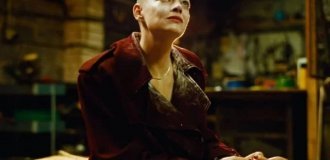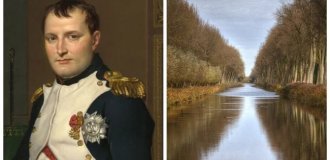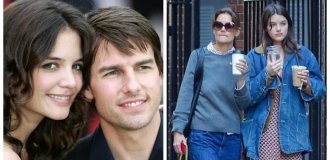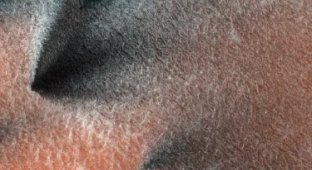“Unequal Marriage” by Vasily Pukirev - a painting that older suitors are not advised to look at (8 photos)
The painting “Unequal Marriage” by the Russian artist Vasily Pukirev, painted by him in 1862, gave rise to many rumors and even legends in its time. Such marriages were common at that time, so the plot itself turned out to be very familiar to everyone. It is noteworthy that the artist depicted himself in the image of the best man, and there were rumors in society about the unusual influence of the painting on elderly grooms, who allegedly abandoned their intentions because of it.

The image of the best man in the picture turned out to be so vivid that as a result, the center of attention was not the bride and groom, but the love triangle. Since everyone easily recognized the artist himself in the appearance of the best man, rumors arose that he depicted his own drama in the picture - supposedly his beloved girl was forcibly married to a rich, elderly dignitary.

However, in fact, the reason for creating the picture was not Pukirev’s own grief, but a story from the life of his friend, S. Varentsov. He was going to marry a girl whom her parents had married off to a wealthy manufacturer. Varentsov himself was the best man at her wedding. Initially, Pukirev portrayed him in this role, but later changed his appearance at the request of a friend.

Pukirev made the groom much older and more unpleasant than he was in life. But unequal marriages were so common in Russian society in the 19th century that such a substitution did not seem an exaggeration - young girls were indeed often married against their will to wealthy elderly officials and merchants. This is evidenced by paintings by other artists devoted to the same topic.
Edmund Blair-Leighton. Till death do us part, 1878

The most interesting thing began after the painting “Unequal Marriage” was presented at the Moscow Academic Art Exhibition: they say that the elderly generals, having seen this work, one after another began to refuse to marry young brides. Moreover, some of them even complained of being unwell - headaches, heart pain, etc. Viewers nicknamed the picture “Koshchey with the Bride.”

The historian N. Kostomarov admitted to friends that, having seen Pukirev’s painting, he abandoned his intentions to marry a young girl. Can this be explained by the magical influence of the painting? Hardly. Most likely, its ironic and accusatory meaning was so obvious that a common phenomenon appeared in all its ugliness. The gray-haired suitors recognized themselves in the repulsive image of the old general - and refused to repeat his mistake.
Pavel Fedotov. The Major's Matchmaking, 1848

Akim Karneev. Unequal marriage, 1866

Firs Zhuravlev. Before the crown, 1874






















